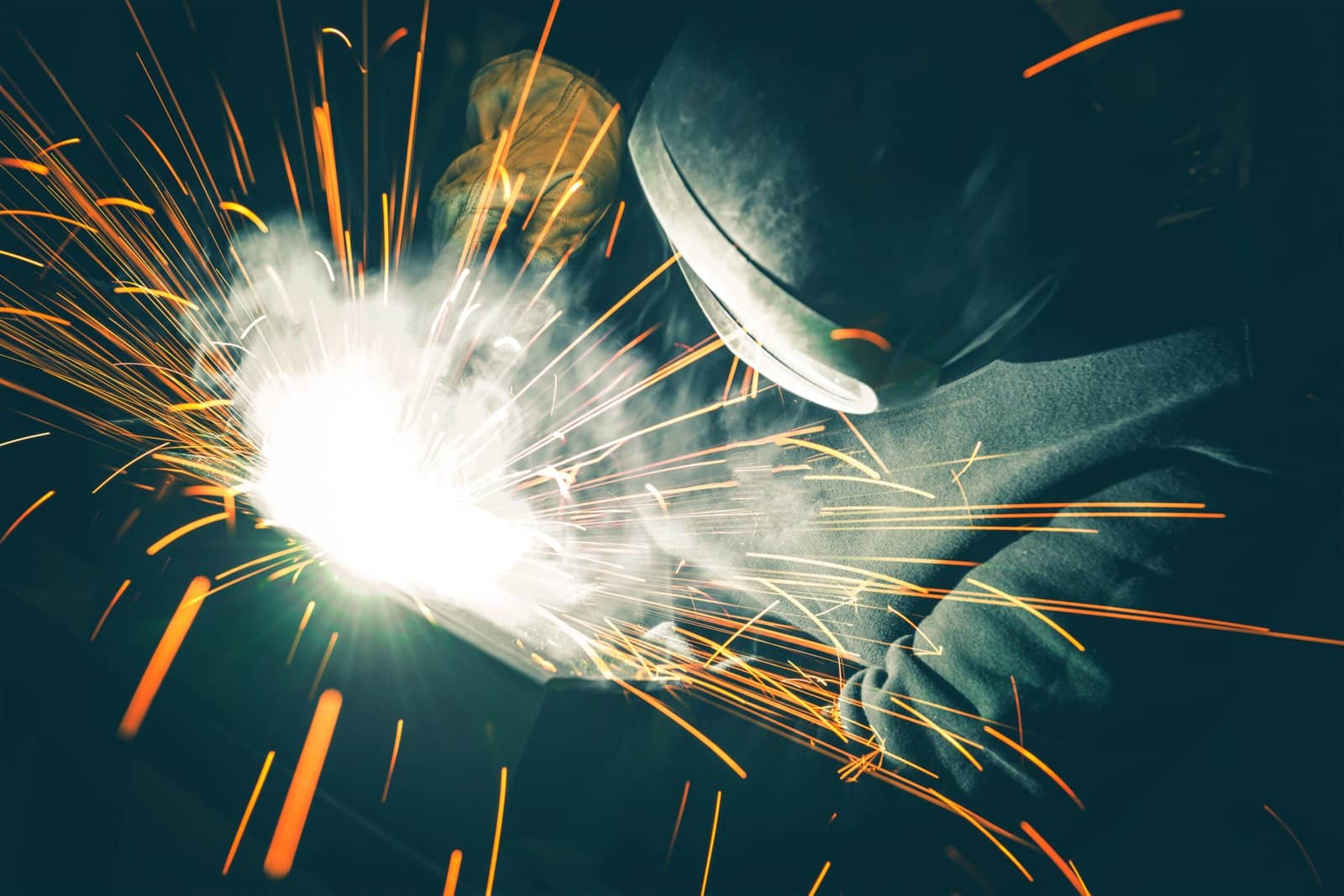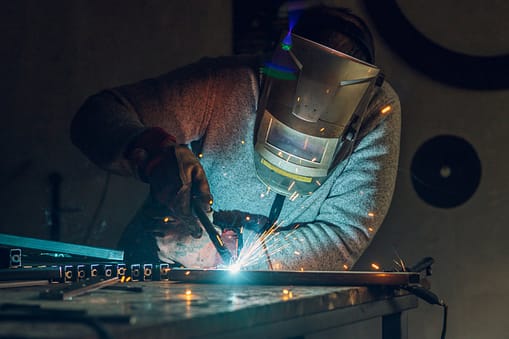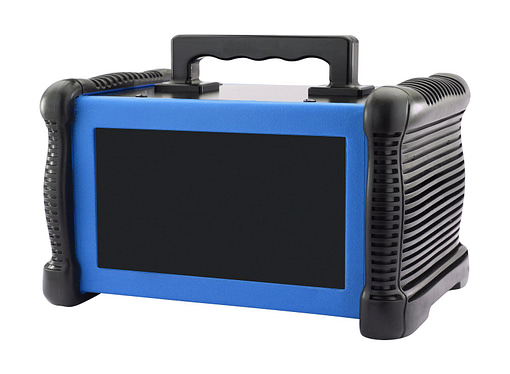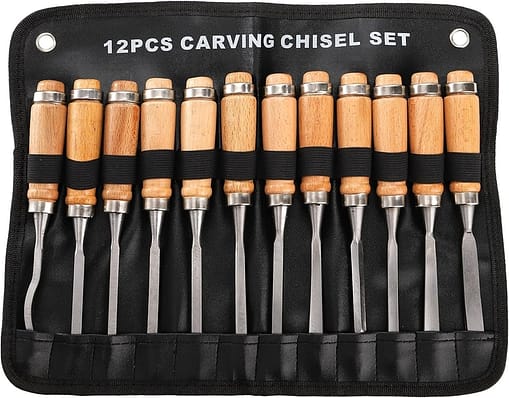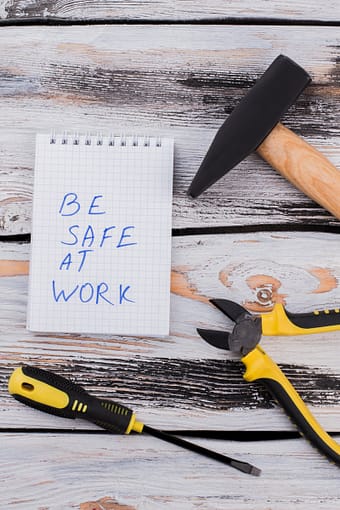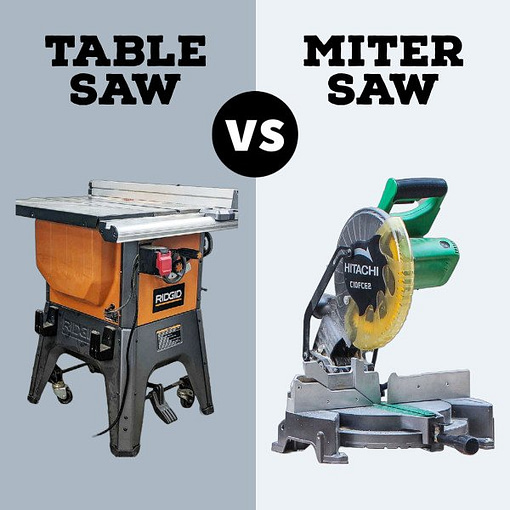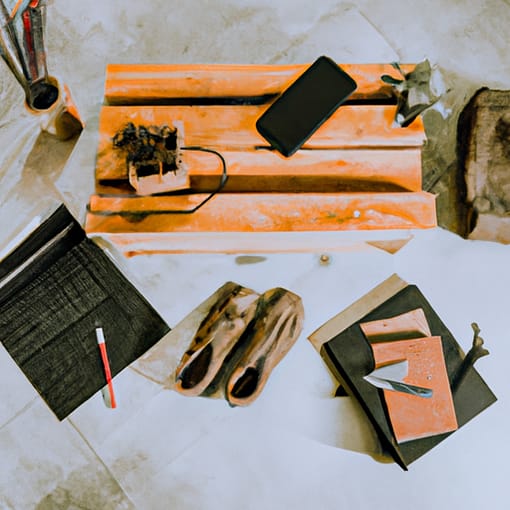If you’ve ever been curious about the world of welding, you’ve probably wondered about the tools required for this fascinating craft. In order to excel in welding, you need to have the right equipment at your disposal. From the essential welding machine to protective gear, this article will explore the range of tools needed for successful welding. Whether you’re a beginner or an experienced welder looking to refresh your knowledge, read on to discover the must-haves for your welding journey.
Welding is a skill that requires precision, expertise, and the right tools to ensure safety and efficiency. Whether you are a professional welder or a beginner looking to dive into the world of welding, having the correct equipment is crucial. In this comprehensive guide, we will explore the various tools needed for welding, categorized into different sections for ease of understanding and organization. From safety equipment to welding machines, welding consumables to welding accessories, gas welding tools to arc welding tools, MIG welding tools to TIG welding tools, and plasma cutting tools to oxy-acetylene cutting tools, we will cover it all. So, let’s dive in and discover the essential tools needed for your welding journey!
Safety Equipment
When it comes to welding, safety should always be the top priority. Protecting yourself from potential hazards is of utmost importance. Here are the key safety equipment items you should have in your welding arsenal:
Welding Visor
A welding Visor is an essential piece of safety equipment that protects your face, eyes, and neck from bright welding arcs, intense UV radiation, sparks, and flying metal debris. Make sure to choose a helmet that provides a wide viewing area, adjustable settings, and meets safety standards.
Protective Clothing
Welding involves intense heat, sparks, and molten metal. To shield your body from potential burns and injuries, it’s crucial to wear protective clothing. This includes fire-resistant welding jackets, pants, and boots. Additionally, wearing welding aprons, gloves, and a leather welding cape can provide added protection.
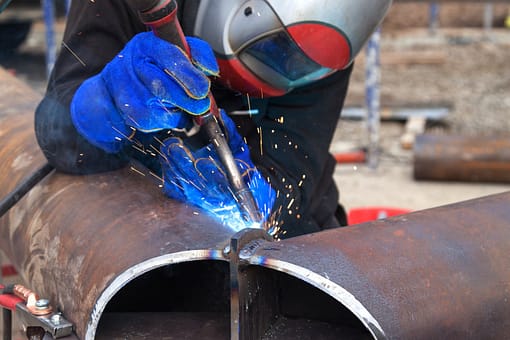
Gloves
Investing in high-quality welding gloves is essential for hand protection. Welding gloves should be made from heat-resistant materials such as leather or Kevlar, and they should provide a secure grip. Ensure that the gloves fit properly to enhance dexterity while safeguarding your hands from burns, cuts, and sparks.
Safety Glasses
Shielding your eyes from harmful UV rays, sparks, and debris is crucial during welding operations. Safety glasses with tinted or shaded lenses specifically designed for welding purposes can provide the necessary eye protection. Look for glasses that are impact-resistant, anti-fog, and offer a comfortable fit.
Welding Machine
A welding machine serves as the backbone of any welding operation, providing the necessary power and control. Let’s take a look at the key components of a welding machine:
Welding Power Source
The welding power source is the main component of the welding machine that provides the electrical energy required for creating the welding arc. Common types include traditional transformer-based machines, inverter-based machines, and engine-driven welders.
Electrode Holder
An electrode holder is a device used to hold the welding electrode and provide it with the necessary current to create the arc. It should have a firm grip and be insulated to prevent electrical shocks.
Welding Cables
Welding cables are responsible for carrying the electrical current from the welding power source to the electrode holder. These cables should be flexible, durable, and capable of conducting high currents without overheating.
Ground Clamp
A ground clamp ensures a proper electrical connection between the welding machine and the workpiece. It provides a path for the electrical current to complete its circuit, ensuring safe and effective welding.
Work Clamp
Also known as a welding clamp, a work clamp holds the workpiece securely in place. It provides a grounding point for the electrical current and ensures a stable welding operation.
Welding Consumables
To perform successful welds, you need the right welding consumables. These materials are added to the weld to create the necessary bond. Here are the essential welding consumables:
Electrodes
Electrodes come in various types and are specifically designed for different welding processes. They are used to carry the electric current and create the arc that melts the metals being welded. Each electrode has unique properties and is suitable for specific materials, positions, and welding techniques.
Filler Metal
Filler metal is used in welding to create a strong and durable bond between two metal pieces. It fills in the gap between the metals being joined and adds strength to the weld. Different types of filler metals, such as welding rods, wires, and strips, are available for different welding processes.
Flux
Flux plays a vital role in certain welding processes, such as shielded metal arc welding (SMAW). It helps to create a protective barrier that shields the weld pool from contaminants and atmospheric gases, preventing porosity and ensuring high-quality welds.
Welding Accessories
Apart from the essential safety equipment, welding machines, and welding consumables, several accessories can enhance your welding experience. Let’s explore some of these accessories:
Welding Table
Having a dedicated welding table provides a stable and safe work surface for your welding projects. A welding table is usually made of heat-resistant materials, such as steel or cast iron, and features clamping mechanisms and built-in fixtures to secure the workpiece.
Clamps
Clamps are invaluable tools for holding workpieces together firmly during welding. They come in various sizes and designs, such as C-clamps, locking pliers, and magnetic clamps. Using clamps ensures accurate alignment and prevents distortion during the welding process.
Wire Brush
A wire brush is an essential tool for cleaning and preparing metal surfaces before welding. It helps remove rust, scale, and contaminants, ensuring proper adhesion for a strong weld. Wire brushes with stainless steel or brass bristles are recommended to avoid contamination.
Chipping Hammer
A chipping hammer is used to remove slag, a byproduct of the welding process, from the weld bead. It has a pointed end for chipping off excess slag and a flat end for leveling the welded surface. A chipping hammer is a handy tool for post-weld cleanup and inspection.
Magnetic Square
A magnetic square is a useful tool for ensuring precise right-angle welding and squareness. It holds metal pieces securely in place, allowing for accurate alignment during welding. Magnetic squares are especially beneficial for fabricators and welders working with steel structures.
Gas Welding Tools
Gas welding, also known as oxy-fuel welding, relies on the combustion of gases to generate heat for welding. Here are the essential tools for gas welding:
Gas Welding Torch
A gas welding torch combines oxygen and a fuel gas (usually acetylene) to create a flame with a high temperature. The torch is used to heat the metal to its melting point. It usually consists of a handle, mixing chamber, oxygen valve, fuel gas valve, and a variety of torch tips.
Gas Cylinders
Gas cylinders store the gases required for gas welding. Oxygen and fuel gas cylinders are necessary components for gas welding operations. These cylinders should be stored, transported, and used in compliance with safety regulations.
Hoses
Hoses connect the gas cylinders to the gas welding torch. It is essential to use hoses that are designed for gas welding purposes and compatible with the gases being used. Proper hose installation and maintenance are necessary for safe and efficient gas welding.
Regulator
A regulator controls and regulates the flow of gases from the gas cylinders to the welding torch. It ensures a constant and accurate flow of oxygen and fuel gas, allowing for precise control of the welding flame. Proper adjustment and maintenance of the regulator are vital for safe gas welding operations.
Arc Welding Tools
Arc welding is a welding process that uses an electric arc to join metals. Let’s explore the tools required for arc welding:
Arc Welding Electrode
Arc welding electrodes, also known as welding rods, are consumable electrodes that are coated in flux. They are made of various types of metal and are specifically designed for different welding applications. The electrode is consumed during welding and provides the filler metal for the weld.
Arc Welding Torch
An arc welding torch conducts the electric current and creates the arc necessary for welding. It typically consists of a handle, trigger, and electrode holder. The torch provides easy control and maneuverability during the welding process.
Arc Welding Cable
Arc welding cables carry the electric current from the power source to the arc welding torch. These cables should be able to handle high currents while maintaining flexibility and durability. Proper insulation and connection to the welding machine are essential for safe and efficient welding.
Welding Rods
Welding rods, also known as filler rods, are used in arc welding to add the necessary filler metal to the weld. These rods are designed to melt and fuse with the base metal, creating a strong bond. Welding rods come in various materials and sizes to suit different welding applications.
MIG Welding Tools
MIG (Metal Inert Gas) welding is a popular welding process that uses a wire electrode to join metals. Here are the essential tools for MIG welding:
MIG Welding Gun
A MIG welding gun is a handheld tool that guides the wire electrode and releases the shielding gas during MIG welding. It consists of a handle, trigger, contact tip, and nozzle. The MIG welding gun allows for precise control and easy manipulation during the welding process.
MIG Welding Wire
MIG welding wire serves as the consumable electrode in the MIG welding process. The wire is continuously fed through the welding gun and melts to create the weld. Various types of wires are available, such as solid wires and flux-cored wires, each suitable for different applications.
MIG Welder
A MIG welder, or MIG welding machine, is specifically designed for MIG welding operations. It provides the necessary power and control for the welding process. MIG welders vary in size and functionality, offering options for both hobbyists and professional welders.
TIG Welding Tools
TIG (Tungsten Inert Gas) welding is a precise and versatile welding process that uses a non-consumable tungsten electrode to create the weld. Let’s explore the essential tools for TIG welding:
TIG Welding Torch
A TIG welding torch holds and controls the tungsten electrode, shielding gas, and filler metal (if required). It provides precise control over the welding process and is suitable for welding thin materials and intricate joints. The torch allows for accurate manipulation and delicate welds.
TIG Welding Electrode
TIG welding electrodes are made of tungsten and come in various types, such as pure tungsten, thoriated tungsten, and ceriated tungsten. The electrode does not melt during welding and serves as a heat-resistant conductor. TIG electrodes should be properly prepared and sharpened for optimal welding performance.
TIG Welding Filler Rod
In TIG welding, a filler rod is used when additional material is required to create the weld. The filler rod should be compatible with the base metal and provide the necessary strength and properties. Choosing the right filler rod is crucial for achieving high-quality TIG welds.
TIG Welder
A TIG welder, also known as a TIG welding machine, is specially designed for TIG welding operations. It provides the necessary power, control, and functionality for TIG welding. TIG welders come in various models, offering features suitable for different applications and skill levels.
Plasma Cutting Tools
Plasma cutting is a process that uses a high-temperature plasma arc to cut through electrically conductive materials. Let’s explore the essential tools for plasma cutting:
Plasma Cutting Torch
A plasma cutting torch creates and controls the plasma arc used for cutting through materials. It consists of a handle, trigger, and consumable parts, such as electrodes and nozzles. The torch allows for precise and efficient cutting, capable of handling a wide range of materials and thicknesses.
Plasma Cutting Power Source
A plasma cutting power source provides the necessary electrical energy to generate the plasma arc. The power source converts electrical energy into a high-frequency current that ionizes the gas, creating the plasma necessary for cutting. Various power source models are available, offering different cutting capabilities.
Compressed Air System
A compressed air system supplies the required gases for plasma cutting. It is connected to the plasma cutting torch to deliver the necessary plasma gas (usually compressed air) and auxiliary gases, such as oxygen or nitrogen, for enhanced cutting performance. Proper filtration and regulation of the compressed air are essential for efficient and clean cuts.
Oxy-Acetylene Cutting Tools
Oxy-acetylene cutting, also known as oxy-fuel cutting, uses a combination of oxygen and acetylene gases to create a high-temperature flame for cutting metals. Let’s explore the essential tools for oxy-acetylene cutting:
Cutting Torch
An oxy-acetylene cutting torch combines oxygen and acetylene gases to create a high-temperature flame for cutting metals. The torch typically features a cutting attachment, oxygen and fuel gas valves, and a variety of cutting tips. It allows for precise control and clean cuts during oxy-acetylene cutting operations.
Oxy-Acetylene Gas Cylinders
Oxy-acetylene cutting requires gas cylinders to store the necessary oxygen and acetylene gases. These cylinders should be stored, transported, and handled with care, following all safety regulations and guidelines. Proper valve operation and regular inspection are vital for safe oxy-acetylene cutting.
Flashback Arrestors
Flashback arrestors ensure safety during oxy-acetylene cutting by preventing the backward flow of gases into the hoses and gas cylinders. They protect against potential flashbacks and explosions, providing an added layer of protection during oxy-acetylene cutting operations.
Gas Regulator
Gas regulators control and regulate the flow of oxygen and acetylene gases from the cylinders to the cutting torch. They ensure a constant, accurate, and safe flow of gases, allowing for efficient and controlled cutting. Proper installation and regular inspection of gas regulators are essential for safe oxy-acetylene cutting.
Conclusion
Welding is a fascinating field that requires a combination of skill, knowledge, and the right tools. By understanding the different tools needed for welding, you can embark on your welding journey with confidence and safety. Remember, investing in high-quality safety equipment, welding machines, welding consumables, welding accessories, gas welding tools, arc welding tools, MIG welding tools, TIG welding tools, plasma cutting tools, and oxy-acetylene cutting tools is essential for achieving successful welds and enjoying a rewarding welding experience. So, gear up with the right tools, learn the necessary techniques, and let your creativity and craftsmanship shine through the art of welding!
